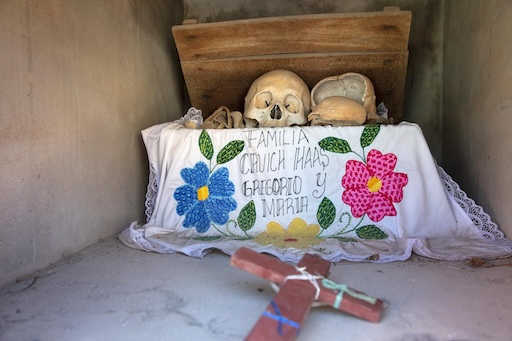
In the sleepy town of Pomuch, nestled in the Yucatán Peninsula’s Campeche state, there’s a cemetery unlike any other. Here, death isn’t quiet. It isn’t sealed away behind stone or hidden behind flowers. In Pomuch, death sits in the open—neatly arranged in wooden boxes, cleaned and cared for by the living. And the bones? They breathe stories.
Every year, just before the Day of the Dead (Día de Muertos), families return to their loved ones’ tombs—not to cry, but to clean. Literally. They open small ossuaries, remove the bones, dust each one with brushes, change the embroidered cloths that line the boxes, and sometimes even give the skulls new hats. It’s a ritual of love, not fear. A tradition known locally as *"El lavado de los huesos"*—“the washing of the bones.”
A Tradition of Intimacy with the Dead
Unlike the grand altars of Oaxaca or the candlelit vigils of Mixquic, Pomuch’s ritual is intimate—almost startlingly so. The dead are not abstract memories here. They are physically present. Legs crossed in their wooden crates. Teeth still grinning. Blankets lovingly folded beneath their skulls like bedtime linens.
And while this might sound eerie to outsiders, for the people of Pomuch, it’s deeply normal. Children grow up helping dust their grandparents’ femurs. Elders smile at the sight of a freshly brushed humerus. It’s an act of devotion, a way to keep the spirits clean, remembered, and close.
The Origin Story (and a Bit of Mystery)
The tradition is believed to stem from ancient Maya practices, blended with Catholic customs introduced during colonization. In Pomuch, the dead are initially buried underground. But after three years, their remains are exhumed, cleaned, and placed in small open-air ossuaries—simple stone cubicles, often stacked like bookshelves along the cemetery walls.
After that, it’s a lifelong relationship. As long as someone remembers you, someone will clean your bones. But if your box goes unattended too long, local legend says your spirit begins to wander—or worse, be forgotten entirely.
Why “Flying Skeletons”?
The nickname “Flying Skeletons” might sound sensational, but it reflects the lightness of the ritual. These aren’t grim reapers or scary Halloween props—they’re family. Clean, well-dressed, and in the open air. Some visitors say the skeletons “fly” in spirit during this time—soaring on memory and love from their earthly resting places into the hearts of those who return.
And honestly? When you see a skull wrapped in hand-embroidered cloth and placed gently into its airy niche, it does kind of feel like flight—of culture, of identity, of connection across time.

Visiting Pomuch – Respectfully
If you find yourself in Campeche around late October or early November, you can respectfully observe the ritual in Pomuch’s main cemetery. Locals are generally welcoming, but it’s essential to be discreet, respectful, and culturally sensitive—this isn’t a show; it’s family time.
Some travelers have described the experience as profound, even healing. It’s a reminder that death doesn’t need to be sterile or hidden. That remembrance can be tactile, joyful, and even a little humorous.
Why We Love It
In a world that often shies away from death, Pomuch embraces it—warmly, honestly, and with a sense of community. The Flying Skeletons tradition isn’t just about bones. It’s about care, continuity, and love that refuses to die.
So the next time you think of cemeteries as silent or solemn, remember Pomuch—where the dead are not only seen but celebrated, dusted off like heirlooms, and perhaps, in some mysterious way, still smiling back.
Share this story and inspire others.
Tags: Pomuch, Flying Skeletons, Mexico cemetery ritual, cleaning ancestors bones, Day of the Dead, unusual traditions Mexico, Chasing Hidden Wonder
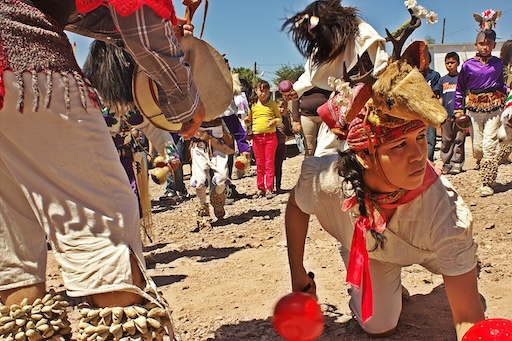 La Danza del Venado – The Sacred Deer Dance of the Yaqui People
La Danza del Venado – The Sacred Deer Dance of the Yaqui People
 Tarahumara Rarámuri – The Ultramarathon Runners of the Sierra
Tarahumara Rarámuri – The Ultramarathon Runners of the Sierra
 La Santa Muerte – The Controversial Saint of Death
La Santa Muerte – The Controversial Saint of Death
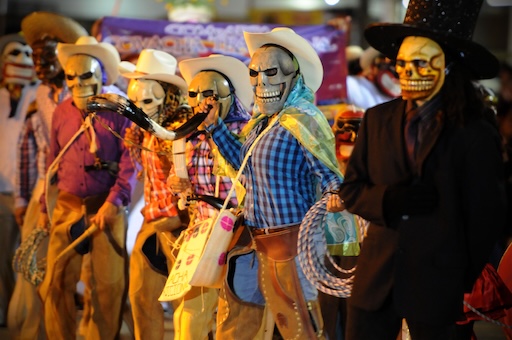 Xantolo – The Huasteca’s Version of Day of the Dead with Masks and Dances
Xantolo – The Huasteca’s Version of Day of the Dead with Masks and Dances
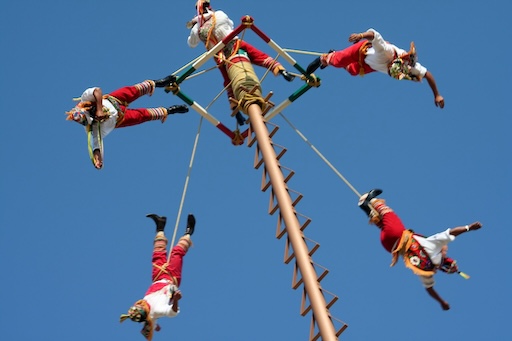 Voladores de Papantla – Men Who Fly from Poles
Voladores de Papantla – Men Who Fly from Poles
 Cenote Sagrado – Sacred Sinkhole of the Maya
Cenote Sagrado – Sacred Sinkhole of the Maya
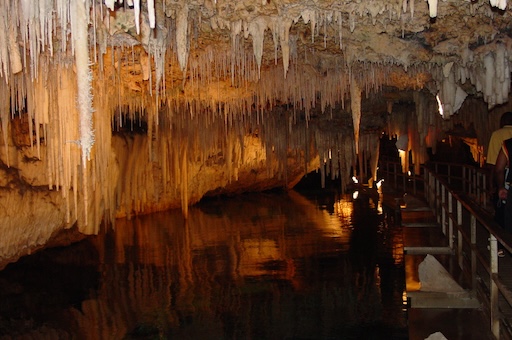 Cueva de los Cristales – Mexico’s Giant Crystal Cave
Cueva de los Cristales – Mexico’s Giant Crystal Cave